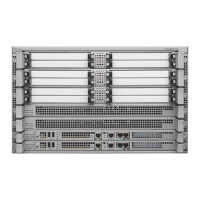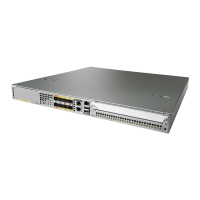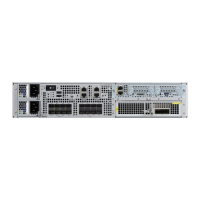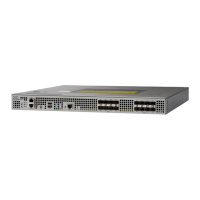Restrictions
•
To enable voice transcoding and transrating functionalities, enable the SPA-DSP, create a dspfarm
profile, and attach the profile to an SBC application. See the Configuring the Cisco DSP SPA for the
ASR 1000 Series Aggregation Services Routers chapter for details about configuring the SPA-DSP.
Introduction to RTCP
From Cisco IOS XE Release 3.4.0S onwards, the SPA-DSP supports the termination and generation of RTCP
data. The RTCP is a sister protoc ol of the Real-time Transport Protocol (RTP). RTCPs basic functionality
and packet structure is defined in RTP specification RFC 3550,[1] superseding its original standardization in
1996 (RFC 1889).
The primary functions of the RTCP are:
•
Provides out-of-band statistics and control information pertaining to the RTP flow.
•
Works in conjunction with the RTP in the delivery and packaging of multimedia data although the RTCP
does not transport any media streams itself.
•
Sends the RTP on an even-numbered UDP, with the RTCP messages being sent, over the next highest
odd-numbered port.
•
Provides feedback on the quality of service (QoS) in media distribution by periodically sending statistics
information to participants in a streaming multimedia session.
•
Gathers statistics for media connection and information such as transmitted octet and packet counts, lost
packet counts, jitter, and round-trip delay time. An application can use the statistical details to control
the QoS parameters, perhaps by limiting the RTP flow or using a different codec.
Understanding the RTCP Packet Types
The RTCP recognizes several types of packets, including—sender report, receiver report, source description,
and bye packets. In addition, the protocol is extensible and allows application-specific RTCP packets. A
standards-based extension of the RTCP is the Extended Report packet type introduced by RFC 3611.[3]. The
following provides description about the various RTCP Packet types:
•
Sender Report (SR): The SR is sent periodically by the active senders in a conference to report the
transmission and reception statistics pertaining to the RTP packets sent during the interval. The SR
includes an absolute timestamp, which is the number of seconds that have elapsed since midnight on
January 1, 1900. The absolute timestamp allows a receiver to synchronize the RTP messages. It is
particularly important when both audio and video are transmitted simultaneously, because audio and
video streams use independent relative timestamps.
•
Receiver Report (RR): The RR is for passive participants, QoS those that do not send the RTP packets.
The report informs the sender and other receiver about QoS.
•
Source Description (SDES): The SDES message is used to send the CNAME item to the participants
of a session. The SDES can also be used to provide additional information, such as the name, e-mail
address, telephone number, and address of the owner or controller of the source.
Cisco ASR 1000 Series Aggregation Services Routers SIP and SPA Software Configuration Guide, Cisco IOS XE
Everest 16.5
OL-14127-17 403
Overview of the Cisco DSP SPA for the ASR 1000 Series Aggregation Services Routers
Restrictions
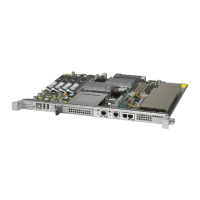
